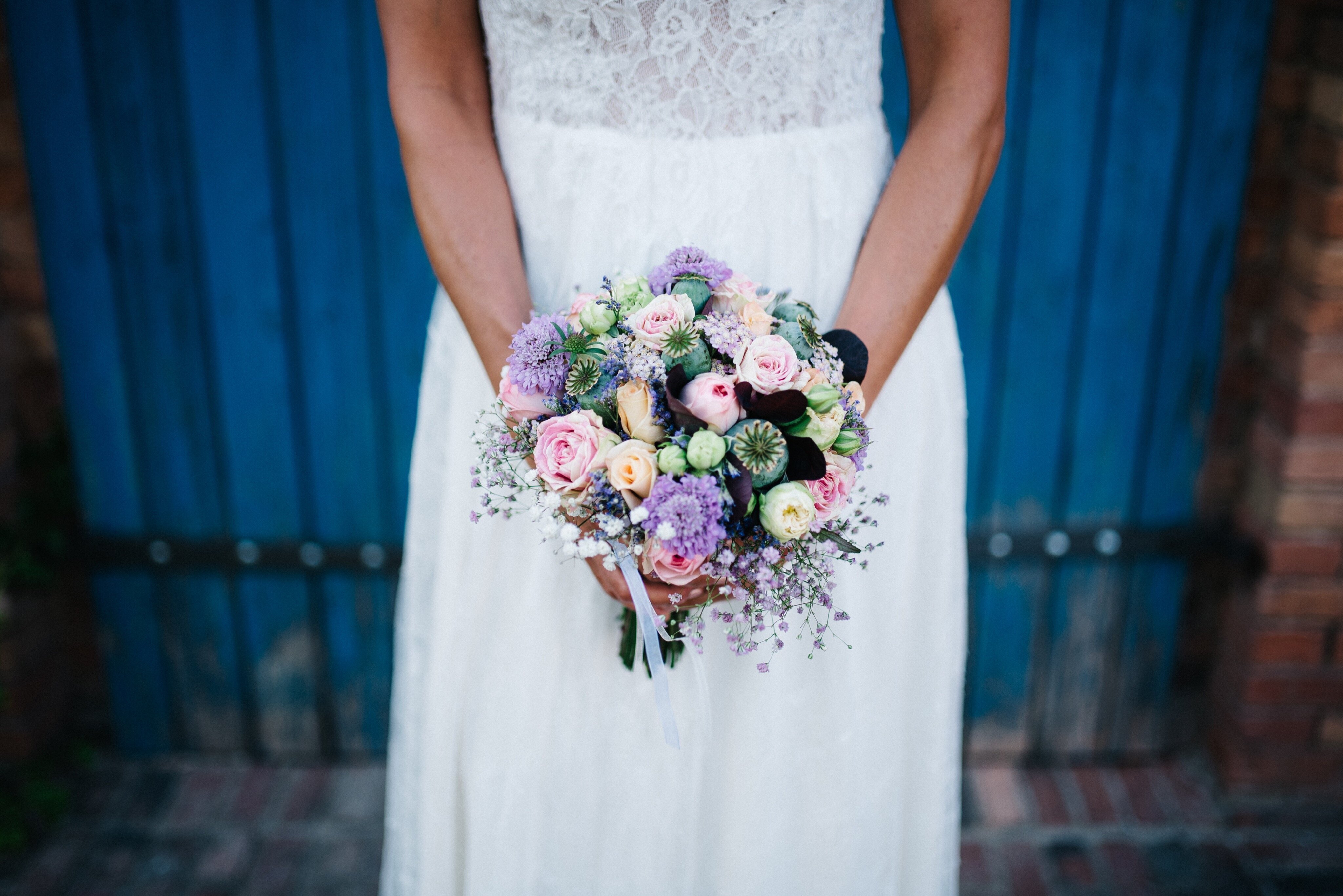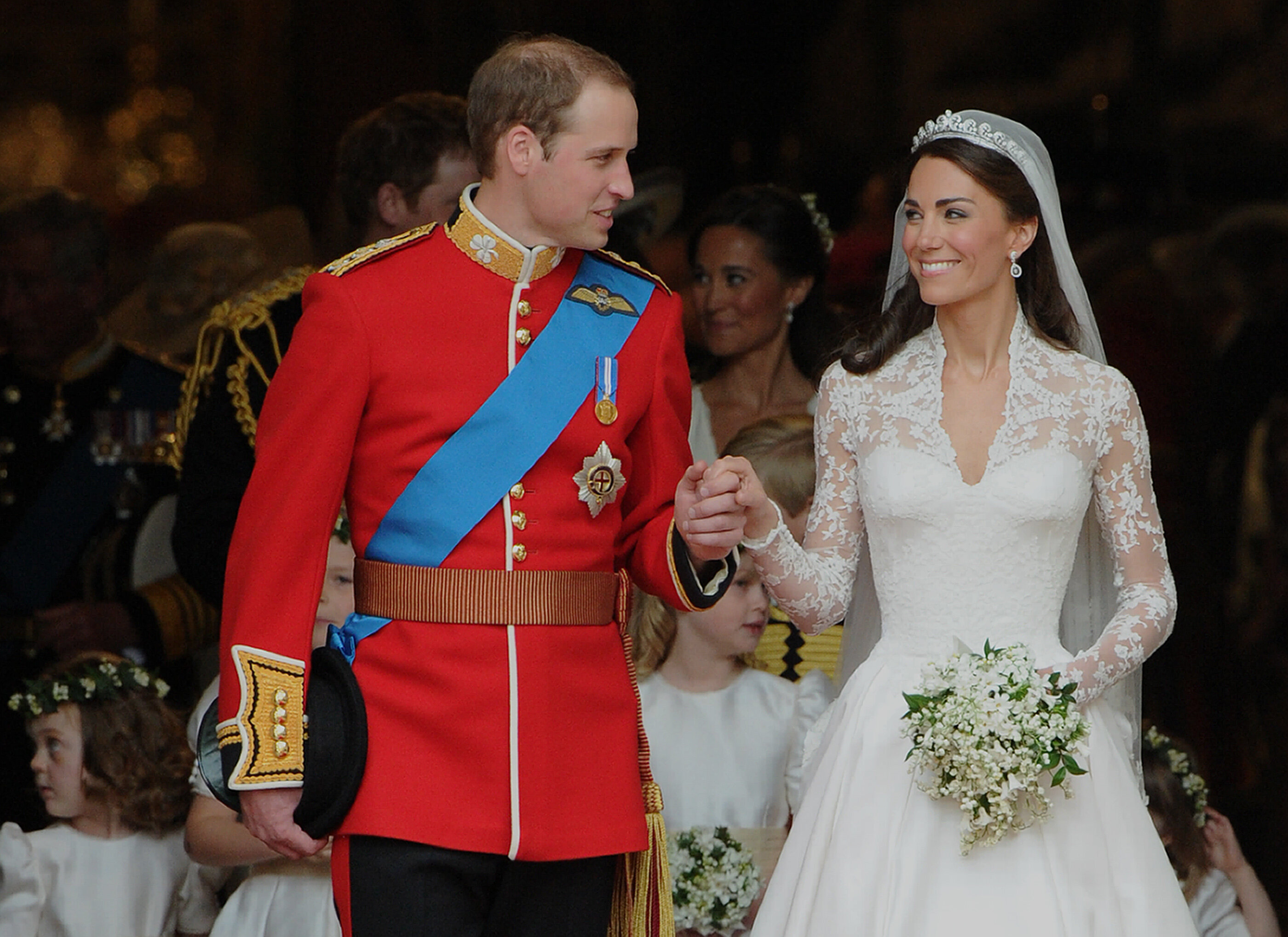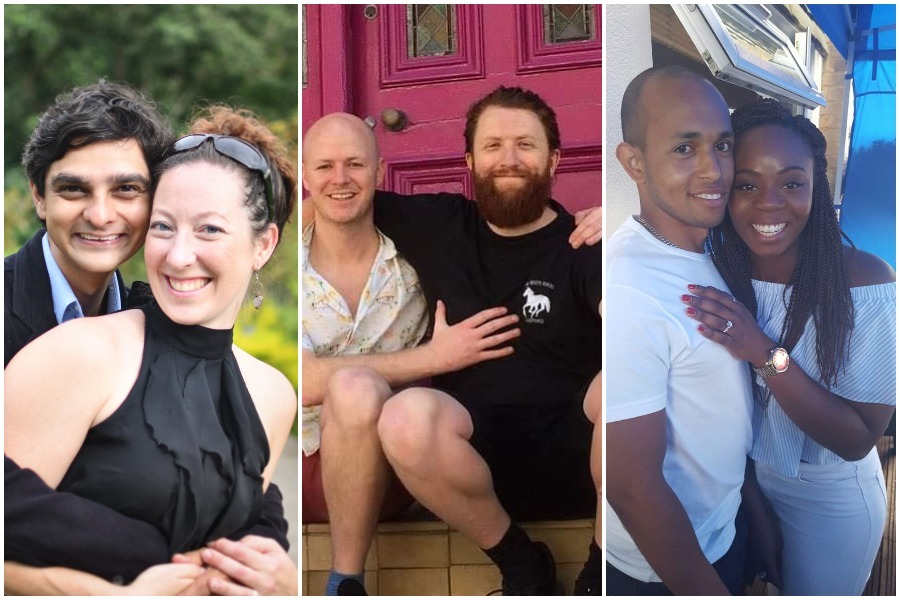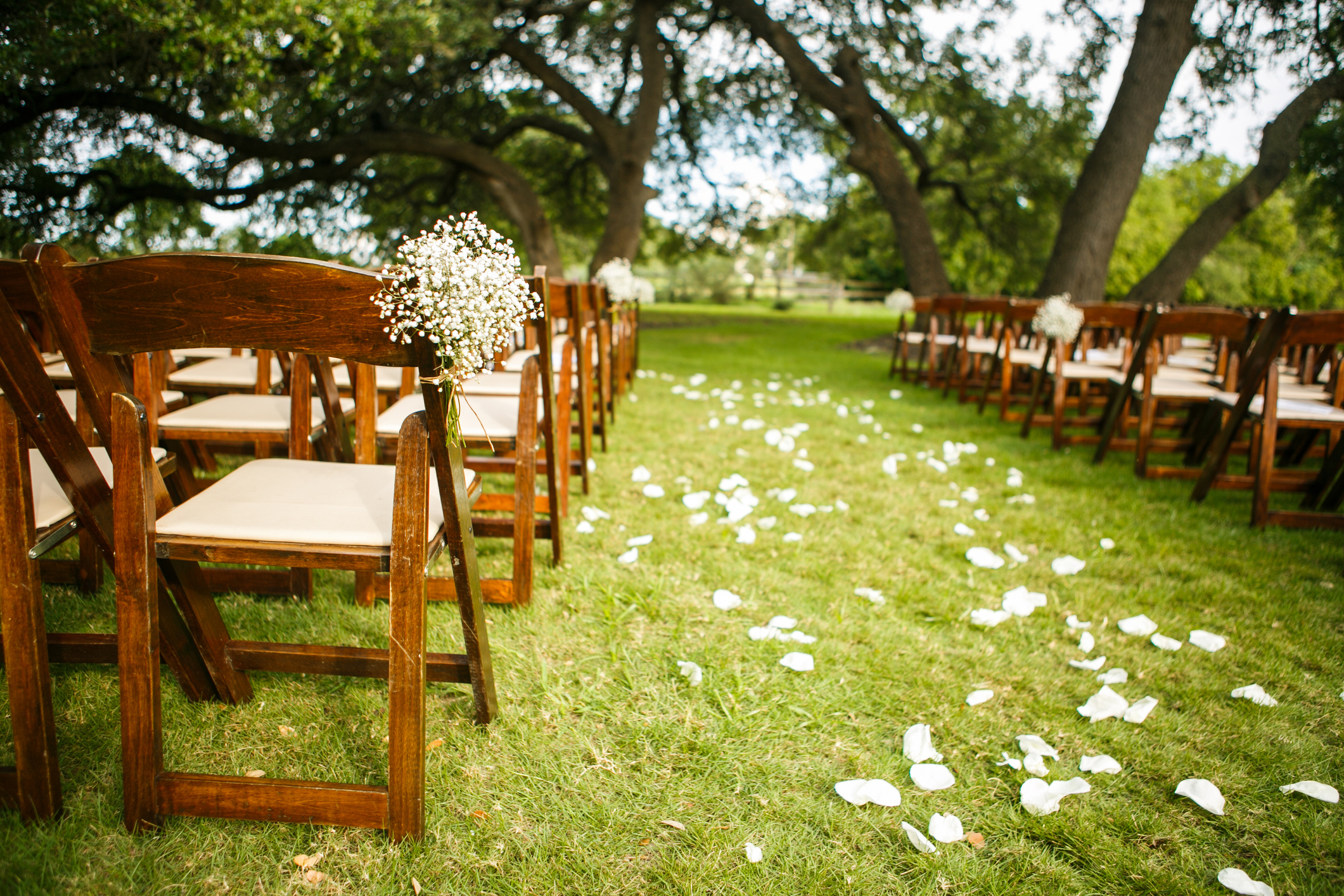“Can I take your father’s full name and his occupation?” the registrar asked, when my partner and I gave notice for our intention to marry last year. I had to consult LinkedIn before giving an accurate response.
I waited for the same question to be asked of my mother – the person who raised me – but it never came. Mothers weren’t considered important enough for marriage certificates, apparently.
In Scotland and Northern Ireland, couples planning to marry are routinely asked to provide the names of both of their parents for documentation. But in England and Wales, historically, only the father’s name has been legally required.
Until now, that is. Following years of campaigning, mothers will finally be recognised on marriage certificates across the UK, as part of new changes to the registration system by the Home Office.
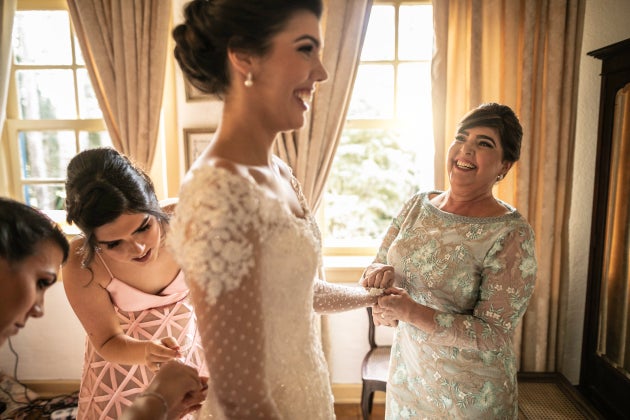
A new electronic system – which goes live on May 4 – will be introduced to modernise and speed up the process, helping to support the backlog of marriages, the Home Office said.
Currently, couples wishing to get married or form a civil partnership anywhere other than in the Church of England must “give notice” at a register office within 12 months of their wedding date by law. Marriages are then registered by the couple signing a register book, which is held at each register office, in churches and chapels, and at religious premises registered for marriage.
The Home Office said the creation of a single electronic marriage register would save time and money and be more secure, as the new system eliminates the need for data to be extracted from hard copies. The department said as well as simplifying the system, the changes would “correct a historic anomaly” by allowing for the names of both parents to appear on the marriage entry.
“These regulations to amend the Marriage Act mark the biggest changes to the marriage registration system since 1837,” a spokesperson said.
The rule change has been a long time coming – people have been petitioning to have mothers included on marriage certificates as far back as 2014.
Changing practices that go back many years is never straightforward.The Reverend Dr Malcolm Brown, director of mission and public affairs for the Church of England
B.J. Epstein, a lecturer in literature and public engagement, previously told HuffPost UK the changes should go further. “They should allow for, say, a mother, a father, and a second mother. Or two dads and a mum. Or biological and adoptive parents. And so on,” she said. “They should have the space for all the parents who help make and raise a child. Today’s families are ever more complex and birth certificates should reflect that.”
The changes have been made in consultation with stakeholders, such as the Church of England. The Reverend Dr Malcolm Brown, director of mission and public affairs for the Church of England, said: “We are very pleased that the marriage registration system can now include the names of mothers as well as fathers on registers.
“Changing practices that go back many years is never straightforward, but we believe the new system changes as little as possible in terms of the couple’s experience of their church wedding and that the clergy will find the new regulations become second nature very quickly.”
It seems the switch is largely due to an admin reshuffle, rather than a concerted effort to stop the erasure of mothers in society. But with 2.9 million single parent families in the UK – over 80% of which are single mother families – we’ll take the win and run with it.
